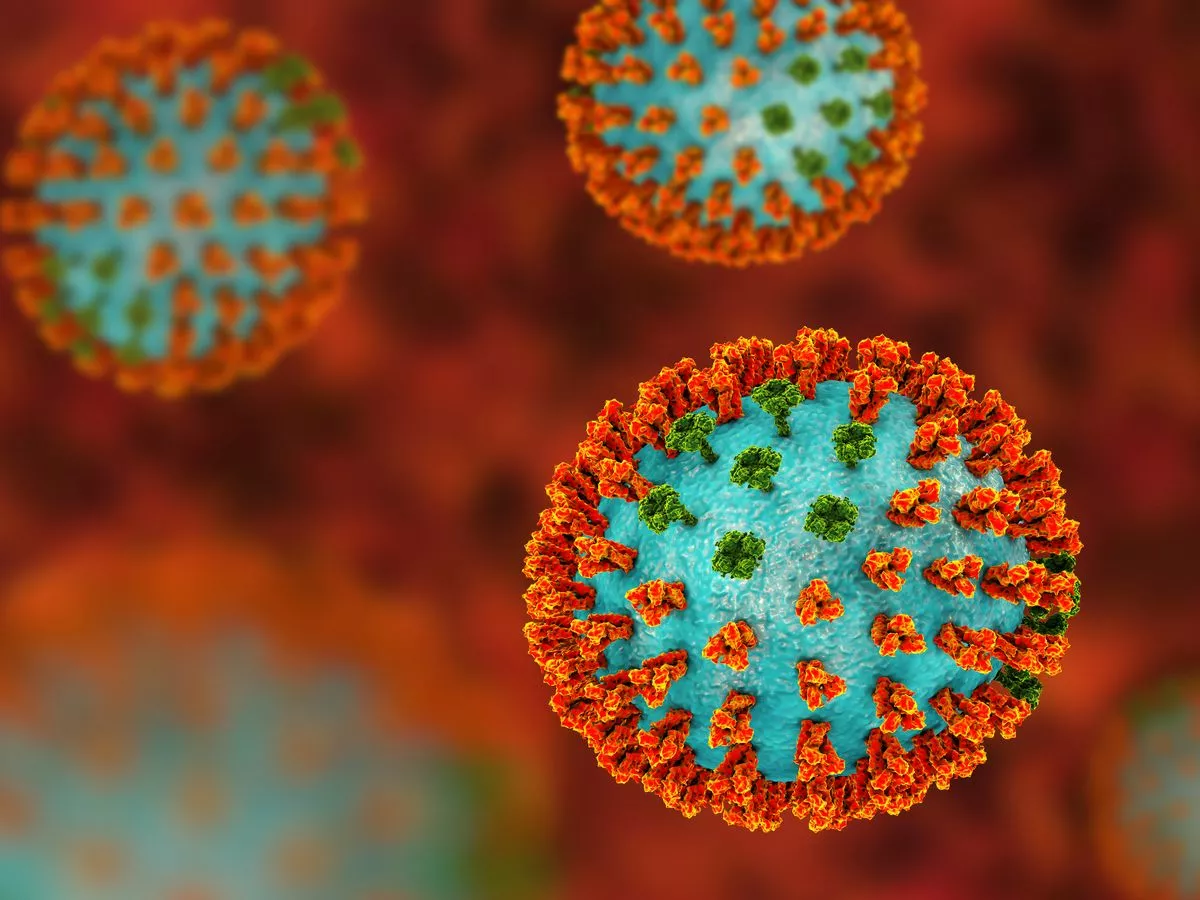Copyright mirror

Doctors are warning people to protect themselves and their families from a new strain of flu. Data on the H3N2 strain from Australia shows it has had its worst flu season on record and this is expected to be the case in Britain as we head into our winter. Japan has seen schools closed across the country as infections reach epidemic proportions and thousands have been hospitalised by H3N2. Health officials in Britain had already warned that flu has arrived a month earlier than usual but there are fears not enough eligible people are taking up the offer of the free NHS flu vaccine. Latest data shows two out of five care home residents remain unvaccinated. The Royal College of Paediatrics and Child Health (RCPCH) has warned H3N2 “can kill” and has called on parents to give their children the flu vaccine nasal spray . UKHSA estimates show that deaths from flu in England stood at 7,757 last winter compared to 3,555 the year before. Child deaths involving flu also increased from 34 to 53. Australia and Japan have both been hit hard by flu because the main new strain, called H3N2, has mutated to better escape immunity from previous vaccines. This is because it has mutated to be particularly aggressive. On the surface of the virus particle there are two protein spikes called hemagglutinin (orange in main image) and neuraminidase (green). Haemagglutinin plays a role in attachment of the virus to human respiratory cells. Neuraminidase plays a role in releasing newly formed virus particles from an infected cell. All flu virus strains can cause a sudden onset of the following symptoms: For H3N2 there is a tendency for the fever to be worse. Patients often experience a higher average body temperature and a greater likelihood of a high fever - above 38°C - compared to strains like H1N1. The main difference is that flu symptoms are more severe and come on more suddenly, including fever, chills, muscle aches, headaches , and fatigue. Cold symptoms are generally milder and tend to develop more slowly, with a runny or stuffy nose being more common. Colds usually don't lead to serious health problems, unlike the flu. The best way to prevent the flu is by getting an annual flu vaccine, but you can also prevent infection by practicing good hygiene like washing your hands often, avoiding touching your face, and covering your coughs and sneezes. Other preventative measures include cleaning frequently touched surfaces and avoiding crowded areas when possible. Flu vaccines are available for everyone aged 65 and over, under 65s in clinical risk groups, pregnant women, care home residents and carers, close contacts of those who are immunosuppressed, frontline social care workers, and health and social care staff as well as children. Covid-19 vaccinations are available to adults aged 75 and over, older adult care home residents, and people who are immunosuppressed. Eligible adults can book an appointment to get their flu vaccine now via at their local pharmacy via the NHS App, GP practice, online at www.nhs.uk/bookflu or by calling 119.



